Explore francis gonzalezreyes's board "Yard n Home", followed by 158 people on See more ideas about backyard landscaping, garden design, outdoor gardensSedum spurium 'Dragon's Blood' is one of the most widely grown for green roofs and rockeries, and for good reason In my opinion, it's one of the very best of the red types, with good colour all growing season, particularly in early spring Also known as 'Schorbuser Blut', the German name for Dragons Blood, it's been around as a classicDragon's Blood stonecrop is a resilient and fastgrowing succulent that sprouts leaves in the hundreds Again, you can propagate this succulent quite easily and without too much fuss They thrive in direct sunlight, which turns their leaves a beautiful rosered shade

Baby Succulents Explore Tumblr Posts And Blogs Tumgir
Dragon's blood succulent propagation
Dragon's blood succulent propagation-Sedum spurium commonly known as 'Dragon's Blood' is a fast growing ground cover succulent with green leaves that have beautiful burgandy edges The flowers are bright pink & form in star shaped clusters Drought tolerant & can withstand poor soil conditions A striking border plant in a rock garden or can be used in planters Requires full sun and minimal watering Commonly known as 'Dragon's Blood Stonecrop', this is another wonderful succulent for winter Another reason for its popularity is its ability to change colors from spring to fall Green leaves with purplered edges to complete red by fall Also grows starshaped pink to red flowers in clusters




Sedum Spurium Dragon S Blood Calamazag Plant Nursery
Wait for the right time to plant dragon's blood sedum The succulent can be planted in the spring or fall If you plant it in the spring, wait until the danger of frost is past and the ground has thawed Dragon's blood sedum can be planted any time inSitting atop short stems, clusters of small, rubyred, starry flowers appear in summer Drought tolerant, 'Dragon's Blood' can withstand poor, dry soil conditions Best when planted in groups or massed as a ground cover A striking border or rock garden subject too!This plant is very easy to propagate It only took two weeks for the shoot to grow roots
Like most succulents, "Dragon's Blood" roots well from stem cuttings Take cuttings in early spring to midsummer Clip off stems near their base and remove any leaves from the bottom inch of the cutting Fill a 2inch pot with soillessPropagation Rooting Temp 65°F to 80°F 18°C to 27°C Rooting Hormone No Pinch Before Transplant No Average Prop Time 12 to 32weeks Finishing Growing Temp Day 65°F to 70°F 18°C to 21°C Growing Temp Night 65°F to 70°F 18°C to 21°C Pinching Necessary to improve branching Wait until the plants are fairly wellrooted before pinching Look for healthy leaves on your sedum plant and cut the whole leaf and a little bit of the stem off the plant Dip the piece of the stem in rooting hormone Rooting hormone encourages the plant to develop new, healthy roots Then place the stem into the prepared soil
Like most succulents, "Dragon's Blood" roots well from stem cuttings Take cuttings in early spring to midsummer Clip off stems near their base and remove any leaves from the bottom inch of the cutting Fill a 2inch pot with soilless potting mix and put the leafless part of the stem in the mix What is Dragon blood good for? It all comes down to the time span to disseminate the division process and stem cutting of the plants Start out by early summer and by the end of the winter;'Album', 'Atropurpureum', 'Coccineum', 'Dragon's Blood' foliage is purplish bronze, flowers are dark red, 'Ruby Mantle', 'Variegatum', 'Vera Jameson' Upright forms x 'Autumn Joy' Autumn Joy Sedum The foliage is succulent in texture and the plants are uniform and mounded in habit They produce pink to red blooms in late summer




Sedum Dragon S Blood




Sedum Succulent Florette As We Hiked Through The Sooke H Flickr
Frisco, TX FirmlyPlanted On Obtained plant KSKimbrell26 On Miscellaneous Event Took 10 cuttings, used clonex root booster and now we wait! My favorite gardening hobby is propagation, and I found a few ways to multiply those in the Crassula family Many of these types grow quickly for succulents and are ready for division after a few months, especially the sedums Those like Angelina, Dragon's Blood and Blue Spruce sedums multiply quickly in the ground They might die back during cold winters, but they'Dragon's Blood' has dark burgandy/bronze foliage, with large clusters of red flowers I personally find them very attractive Plant's growth habit is cascading great for rockeries or in pots to soften the edges Great companion to other sedums and succulents in a combintation pot Positive On , kmjacobson from Sturgis, SD wrote




Travaldo S Blog Dragon S Blood Sedum Care And Culture




Travaldo S Blog Dragon S Blood Sedum Care And Culture
Propagating succulents is an easy, costeffective, and enjoyable way to grow your own collection of these beautiful plants In the simplest of terms, propagation refers to the act of growing a new element from an already majored element In this case, that element is succulents In other words, propagating succulents involves using a piece of aThe Dragon's Blood Stonecrop is particularly ideal if you're looking for a succulent that grows quickly, not just because of its leaves, but because of its unfastidious nature Preferring direct sunlight and minimal moisture, this succulent variety can thrive effortlessly in regions with hot climates and little rainGrows up to 46 in tall (1015 cm) and 1218 in wide (3045 cm)




Sedum Spurium Dragon S Blood Calamazag Plant Nursery




Sedum Dragon S Blood
IDENTIFY DRAGON'S BLOOD SEDUM Dragon's blood Sedum is a matforming evergreen perennial, which reaching to 10 cm in height, that rapidly forms a carpet of glossy jade and red succulent leaves The brilliant colours are intensified with direct sunlight The leaves turn greener towards the stem in summer, but retain their bright red marginsDragon's blood is aLike most succulents, "Dragon's Blood" roots well from stem cuttings Take cuttings in early spring to midsummer Clip off stems near their base and remove any
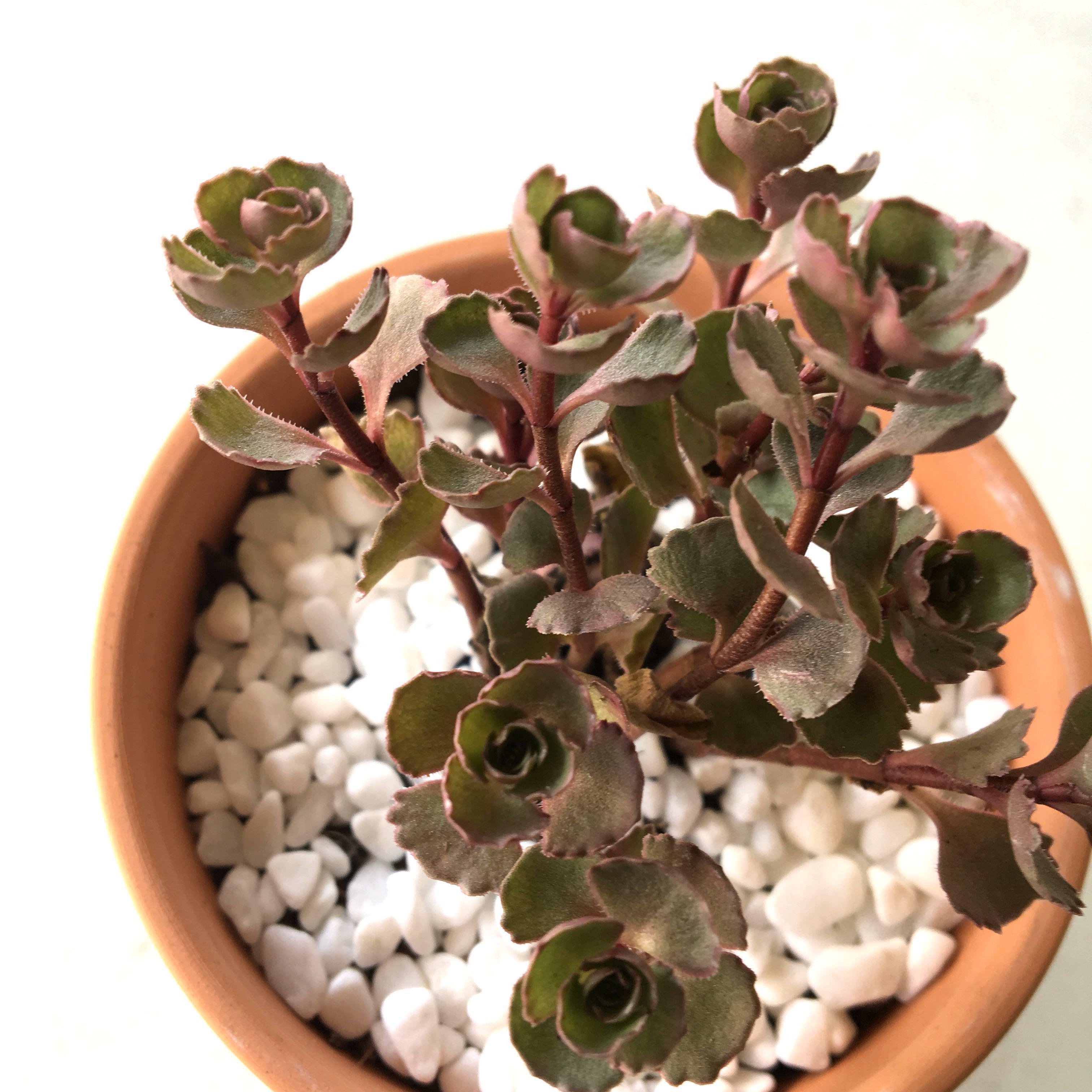



Reserved Succulent Sedum Spurium Dragon S Blood Furniture Home Living Gardening Plants Seeds On Carousell
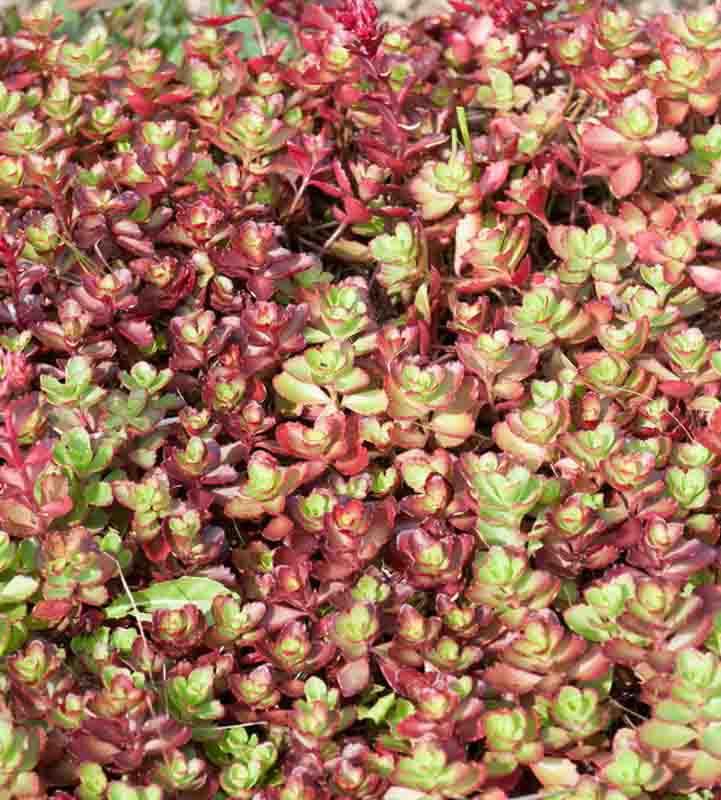



Sedum Spurium Dragon S Blood Stonecrop
Explore LifeasFlower's board "Succulents (Propagation) & Terrarium", followed by 470 people on See more ideas about succulents, plantingWill tolerate relatively low light Sedum spurium, commonly referred to as the Tworow Sedum, Red Carpet, Caucasian Stonecrop, or Dragon's Blood, is a species of flowering plants in the Crassulaceae family This lowgrowing evergreen succulent can be found growing in the subalpine meadows and on rocky sites
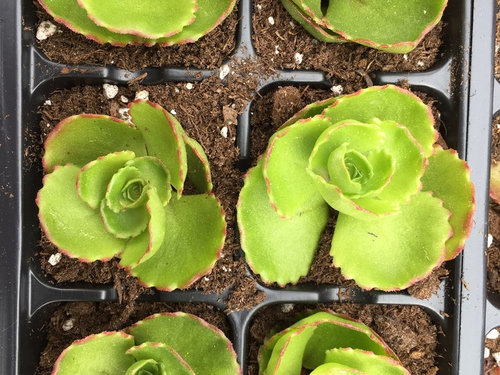



Sedum Spurium Dragon S Blood




Growing Succulents More Succulent Plants With Propagation
Sedum Dragon's Blood / Spurium Coccineum / 100 Seeds Perennial OscarsSeedsandMore $ 199 Free shipping eligible Add to Favorites Succulent cuttings, succulent leaves for propagation rare korean succulent, pachyphytum Echeveria, live plant cuttings, live Succulent SucculentsCanada $ 124 Free shipping eligible The dragon tree, also called dragon's blood plant or by its Latin name, Dracaena draco, is an evergreen succulent tree native to subtropical zones on and near the northwest coast of AfricaIt is closely related to the corn plant, but unlike that species, dragon tree is a much less common houseplant because of its large sizeDragon Blood Sedum is an amazing sedum with hot pink flowers that bloom in early to late summer Its leaves are green in warmer weather, but turn a gorgeous wine red in cool temperatures As a sedum, it can spread easily to become groundcover It can be propagated easily from cuttings




Sedum Spurium Dragon S Blood James Greenhouses Perennial Plugs Specialty Propagation
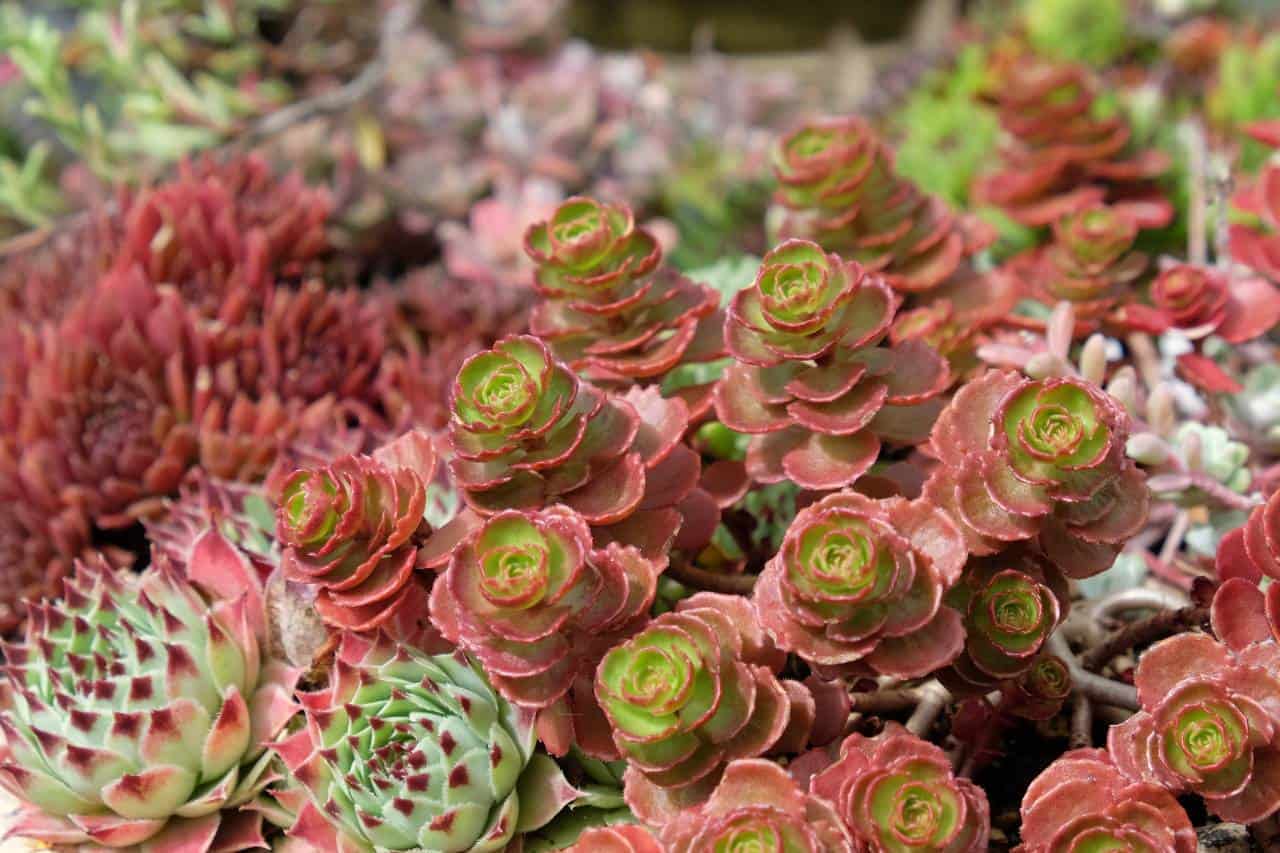



Dragon S Blood Sedum Care
If any survive I would be happy to give some awayOther plants produce resins also known as dragon's blood and Daemonorops draco a palm from Sumatra, is the main source of the dragon's blood varnish for violins It also has a number of traditional medicinal uses Propagation May be propagated either from seeds or by cuttings It is easy to propagate by cuttings in late spring to summer, justIndoors, the tree reaches only 3 to 4 feet tall, and it takes about 10 years to attain that height Outdoors, dragon's blood, which gets its name from the red sap it bleeds when cut, is hardy in US Department of Agriculture plant hardiness zones 9 through 11 It grows indoors in any zone




Travaldo S Blog Dragon S Blood Sedum Care And Culture
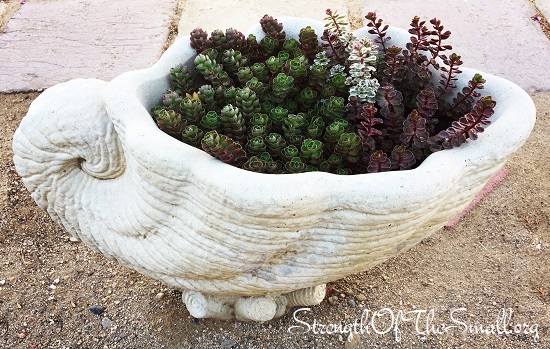



Plant Propagation Archives Strength Of The Small
Highlights 'Dragon's Blood' (also known as Phedimus spurius 'Schorbuser Blut') A colorful ground cover that starts the spring a bright green and by fall has deepened to wine red It stands out for its bright red flowers and stems This variety goes partially dormant in winter, losing its leaves to survive temperatures down to 30FYou will have Dragon's Blood sprouting in your garden You might take a sigh of relief in knowing the fact that Dragon's Blood can endure the coldest and harshest winter seasons Despite the chill of the Simply so, how do you propagate dragon's blood sedum?



Sedum Spurium Dragons Blood
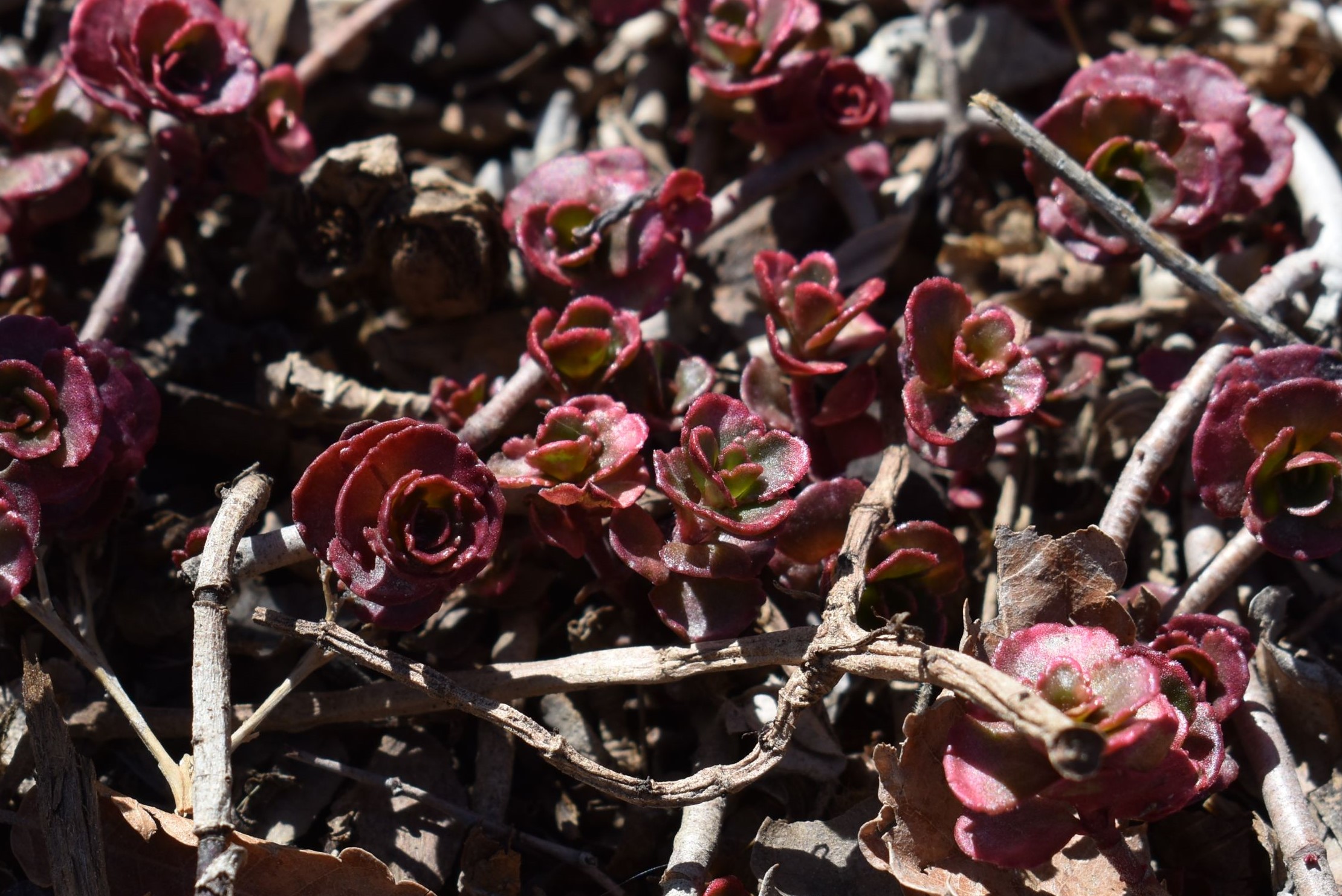



Dragon S Blood Stonecrop
Sedum 'Dragon's Blood' Info A sedum well suited to USDA hardiness zones 3 through 8, Dragon's Blood sedum plants die back during winter in colder spots but return with vigor to get going again in spring New sprouts continue to spread, covering those sunny, poor soil areas asA video of Dragon's Blood sedum in bloom! One of the alltime easiest plants to grow and propagate Simply lay a stem on top of damp soil in a pot, press it in gently, and it will root in about 2 to 4 weeks, depending on temperature Don't overwater!




Pin On Succulents




Dragon Tree Seedlings Propagated From Seeds Lovely Plantings
Dragon's Blood Sedum, also known as Dragon's Blood Stonecrop or Shorbuser Blut, is a unique succulent known for its vibrant color This succulent was previously known as Sedum spurium but is now referred to as Phedimus spurius This colorful species gets its name from its bloodred foliage The leaves actually start out in the spring as a deep green with purplishredWill tolerate relatively low light Use a fastdraining soil mix Likes warm temperatures Echeveria pulidonis is an incredibly easy succulent to propagate Whether you've been propagating for years, or this is your first time, your chances of success are high Offsets E pulidonis frequently puts out offsets, or pups, around its base To remove these tiny plants, simply use your fingers to gently separate them from the mother plant




How To Propagate Sedum Free Plants Dragon S Blood Sedum Youtube




Dragon S Blood Sedum Red Stonecrop Succulents With Care Guide Succulents Box
Phedimus spurius 'Dragon's Blood' (Dragon's Blood Stonecrop), formerly known as Sedum spurium 'Dragon's Blood', is an attractive succulentOne of the alltime easiest plants to grow and propagate Simply lay a stem on top of damp soil in a pot, press it in gently, and it will root in about 2 to 4 weeks, depending on temperature Don't overwater! Dragon's Blood The stems of Dracaena trees especially Dracaena cinnabari from Socotra and Dracaena draco from the Canary Islands, exude a reddish sap (Dragon's Blood) containing spiritsoluble resins, from cracks in the bark of the trunk Resin collectors assist the process by enlarging the cracks Pliny the Elder believed that the Dragon Tree sprang up after a
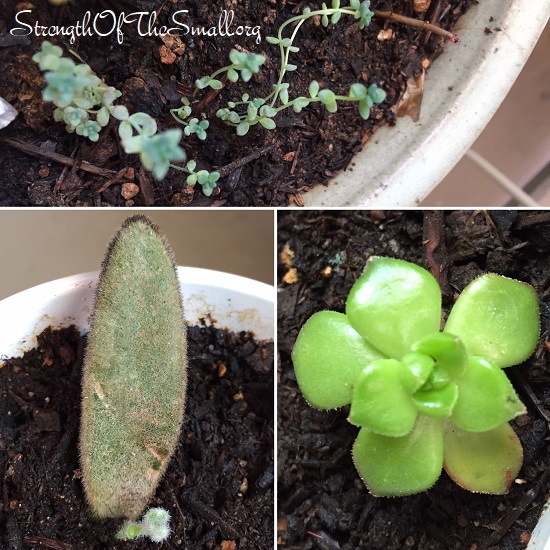



Plant Propagation Archives Strength Of The Small




Dragon S Blood Succulents Plant Care Tips Propagations Youtube
Dragon's blood sedum (Sedum spurium), which grows in US Department of Agriculture plant hardiness zones 4 through 9, depending on the variety,Dragon's blood sedum winter Dragon's blood sedum winter Sedum Dragon S Blood Seed Red Stonecrop Ground Cover Seeds Sedum Spurium Red Rock Page 3 Line 17qq Com Sedum Spurium Phedimus Spurius Grow And Care Travaldo S Blog Miniature Gardening Sedum Spurium Dragon S Blood Ground Cov 14 99 Sedum Spurium Dragon S Blood Succulents Australia SalesPut the leafless bottom of the stem into a sandy rooting mix and stake it so it remains upright and doesn't move Place it in full sun and wait for it to root The stem bleeds red sap, historically called dragon's blood, when wounded It's an ingredient in the varnish used for violins




Echeveria Purpusorum X Dragon Blood Succulent Plant 5 5cm 8 00 Picclick Uk




Stonecrop Dragon S Blood Sedum Spurium Dragon S Blood Plants Candide Gardening
Find out how to make more succulent babies with these 4 ways of propagating succulents Read more Recent Posts 46 Types of Huernia Care and Propagation Guide Posted in Succulent Types 146 Types of Echinocereus Care and Propagation Guide Posted in Cactus TypesThis is a wonderful, drought tolerant ground cover that will creep along that infertile soil It doesnt mind a little shade but would prefer full sun They have beautiful red flowers that stand out in your garden The foliage of the sedum will be a green with burgundy tints that turn red in theLike most succulents, "Dragon's Blood" roots well from stem cuttings Take cuttings in early spring to midsummer Clip off stems near their base and remove any leaves from the bottom inch of the cutting Fill a 2inch pot with soilless potting mix and put the leafless part of the stem in
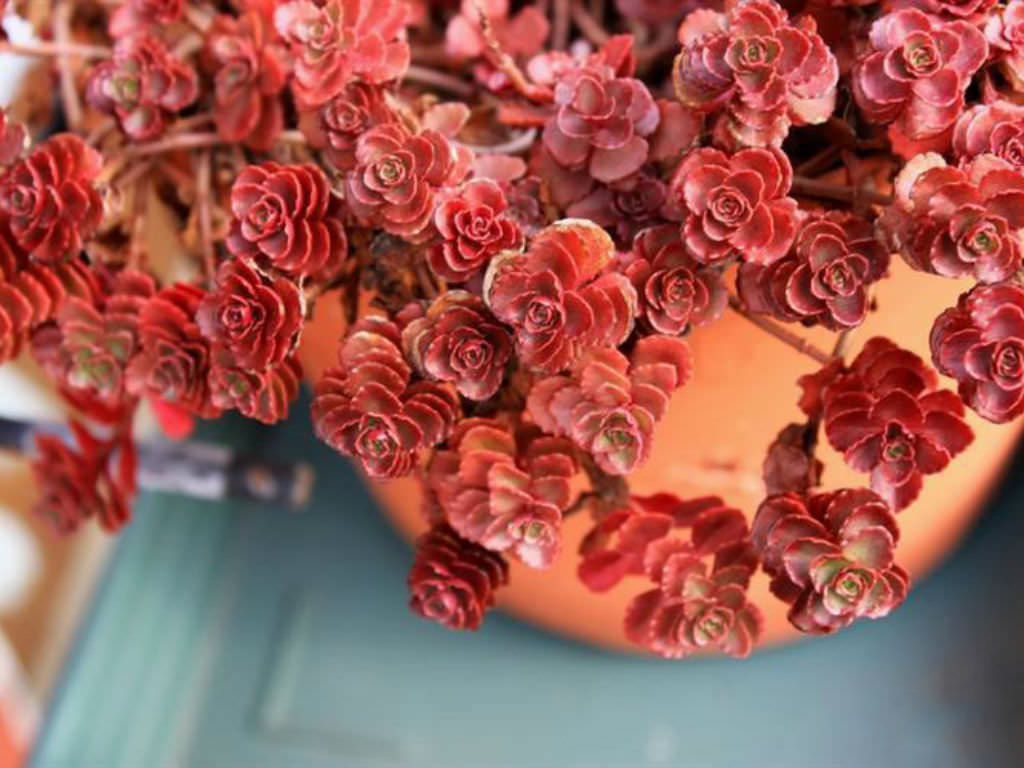



Phedimus Spurius Dragon S Blood World Of Succulents
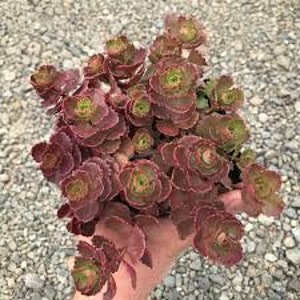



Sedum Spurium Ruby Mantle Groundcover Clustered Hot Pink Etsy
Common name Dragon Tree, Dragon's Blood Tree, Draco, Dracena Draco Family Asparagaceae Dracaena draco Distribution and habitat Native to the Canary Islands and now endangered in its natural habitat, the Dracaena draco is one of the world's most unique and grand feature trees With succulent branches and straplike leaves, thick smooth



Dragon S Blood
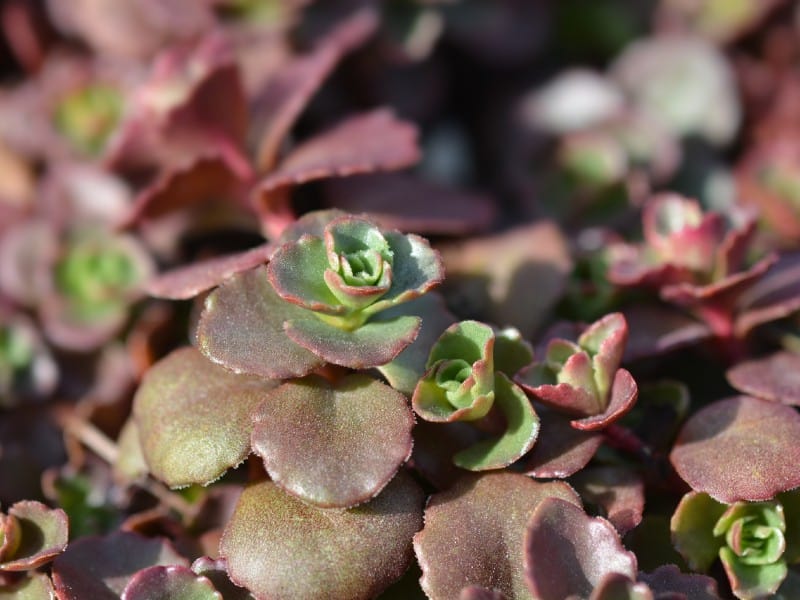



Dragon S Blood Sedum Care




Phedimus Creeping Sedum Two Row Stonecrop Phedimus Spurius Dragon S Blood




Baby Succulents Explore Tumblr Posts And Blogs Tumgir




Pin On Plantas Y Animales
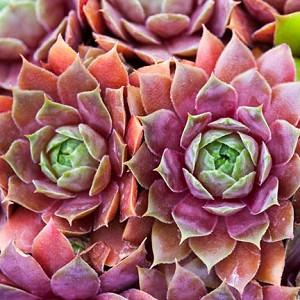



Sedum Spurium Dragon S Blood Stonecrop
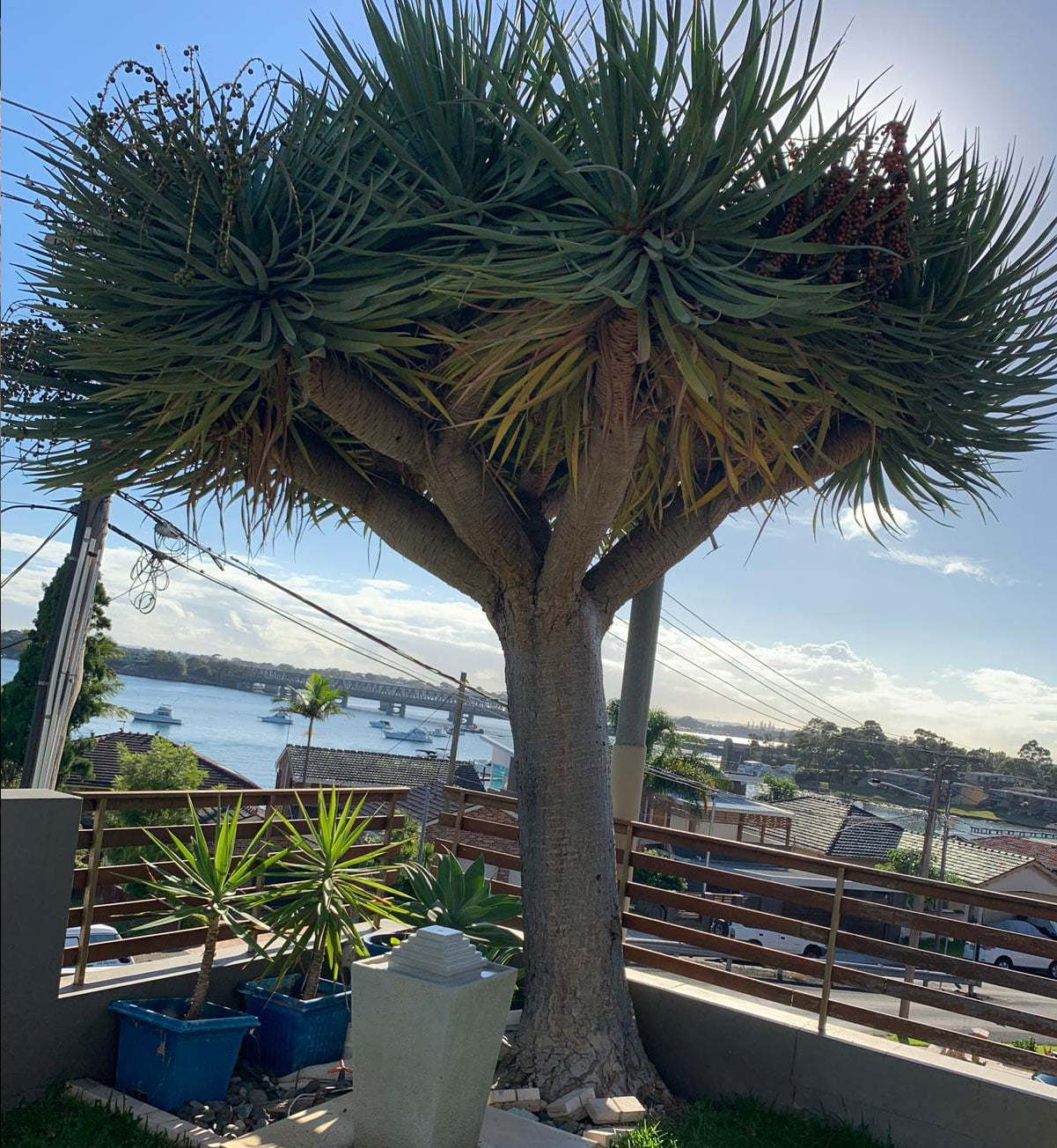



Dragon Tree Dracaena Draco Designer Trees Australia




Pretty Propagating In A Flea Market Garden Flea Market Gardening
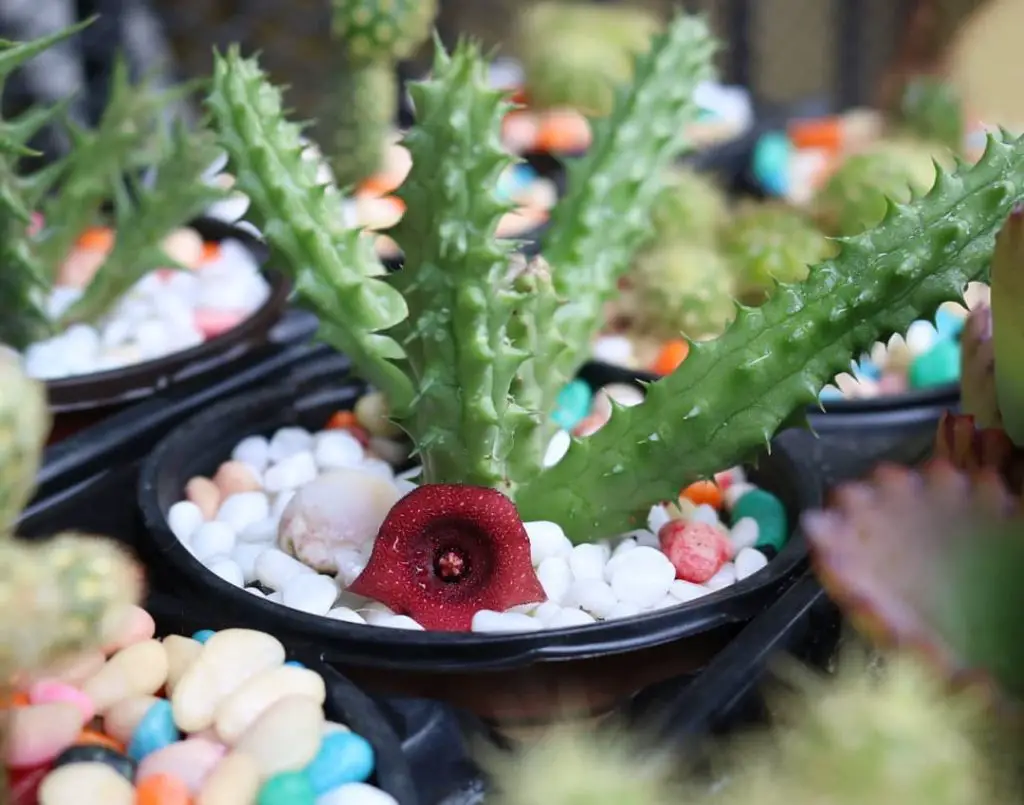



Huernia Schneideriana Red Dragon Flower Complete Care Guide Indoor Home Garden



Dragon S Blood
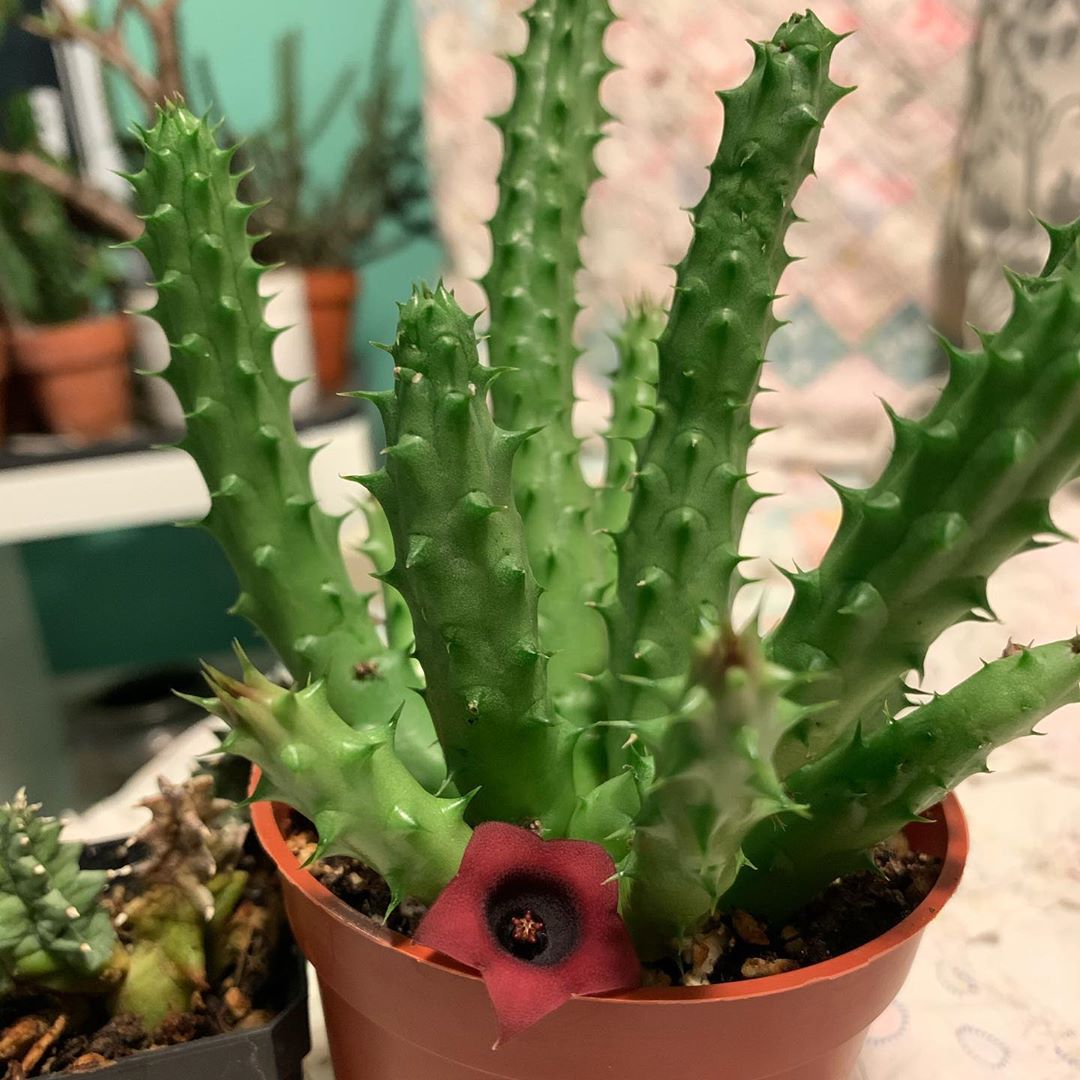



Huernia Schneideriana Red Dragon Flower Complete Care Guide Indoor Home Garden




Sedum Spurium Schorbusers Blut Sedum Dragon S Blood In Gardentags Plant Encyclopedia
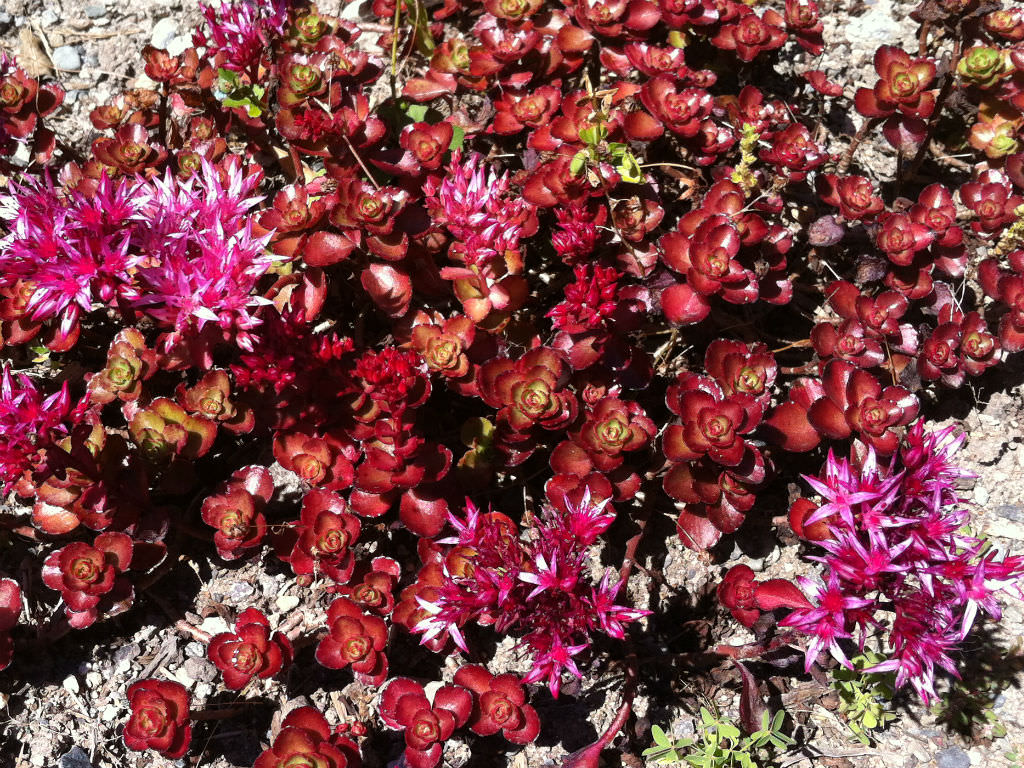



Phedimus Spurius Dragon S Blood World Of Succulents
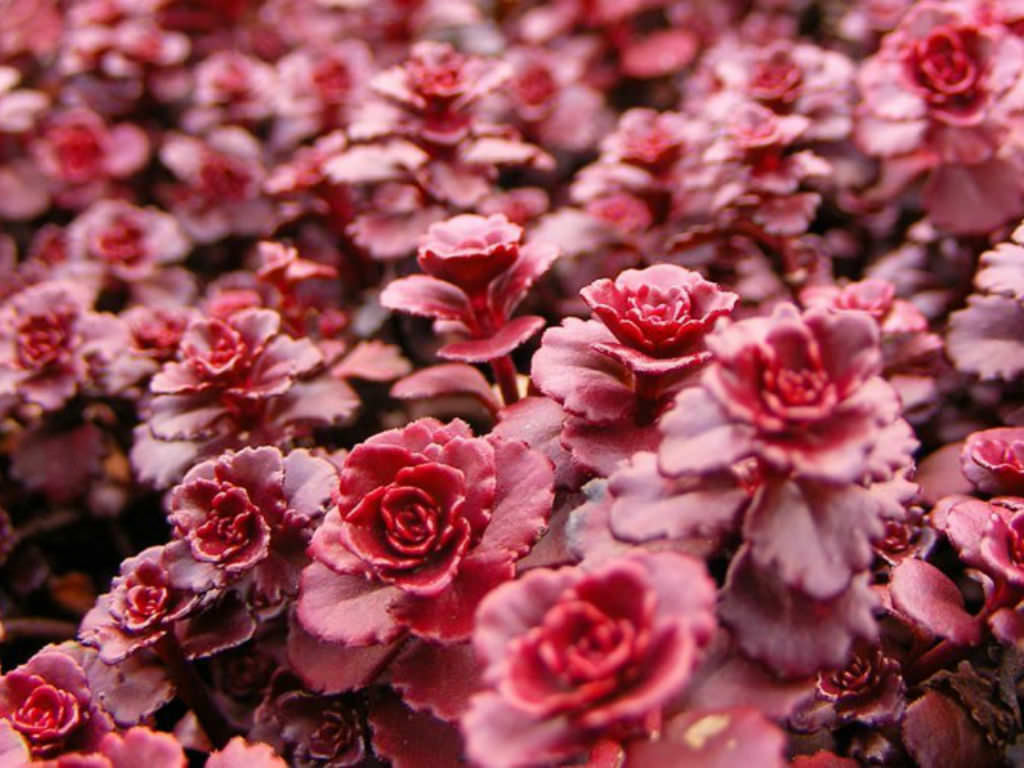



Phedimus Spurius Dragon S Blood World Of Succulents




Sedum Varieties For Gardens And Containers Youtube




Sedum Plant Care Learn How To Grow Stonecrop Plants
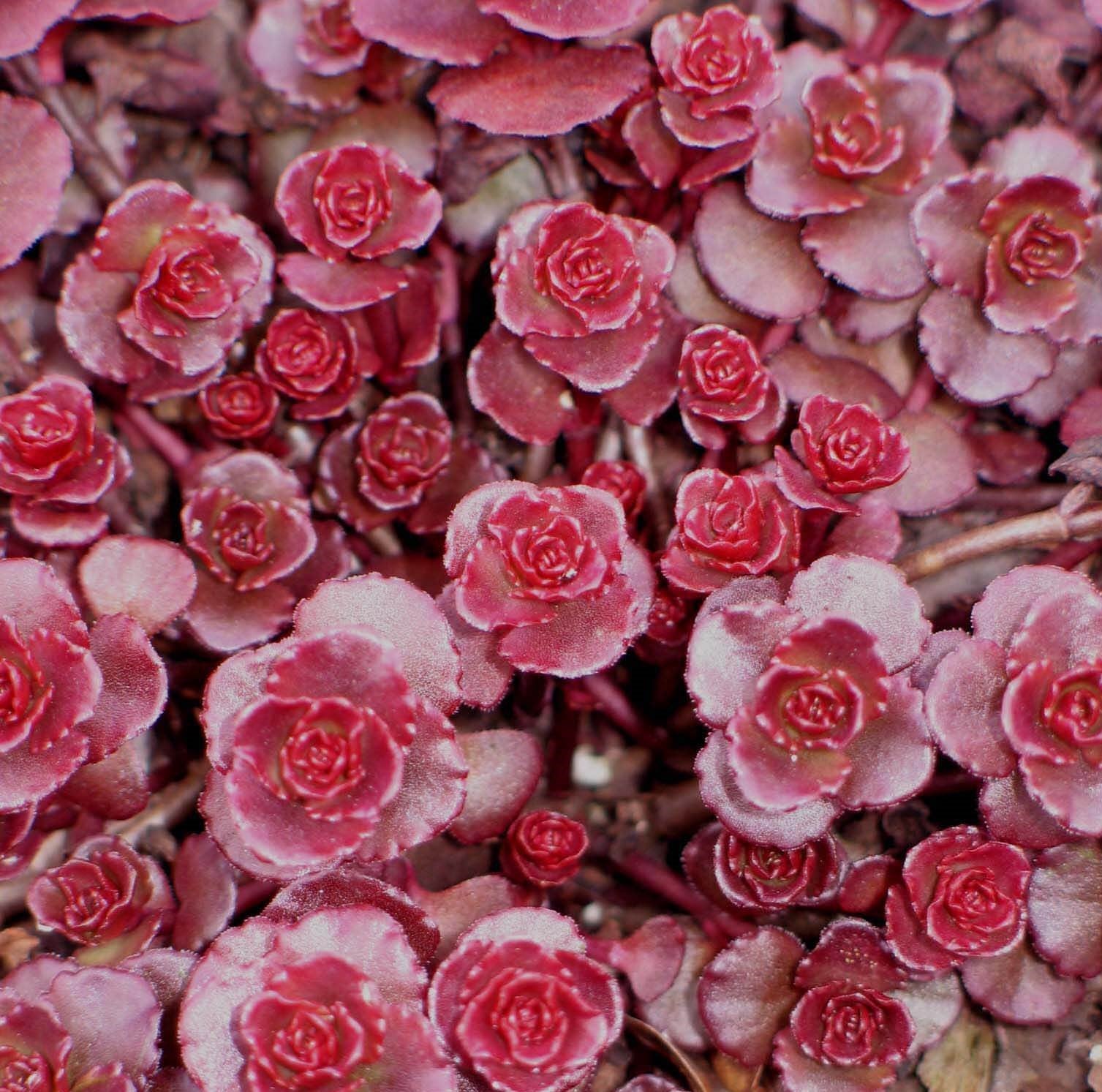



Succulents Cacti Home Living Dragon S Blood Stonecrop Sedum Spurium Succulent Bare Root Plant Start
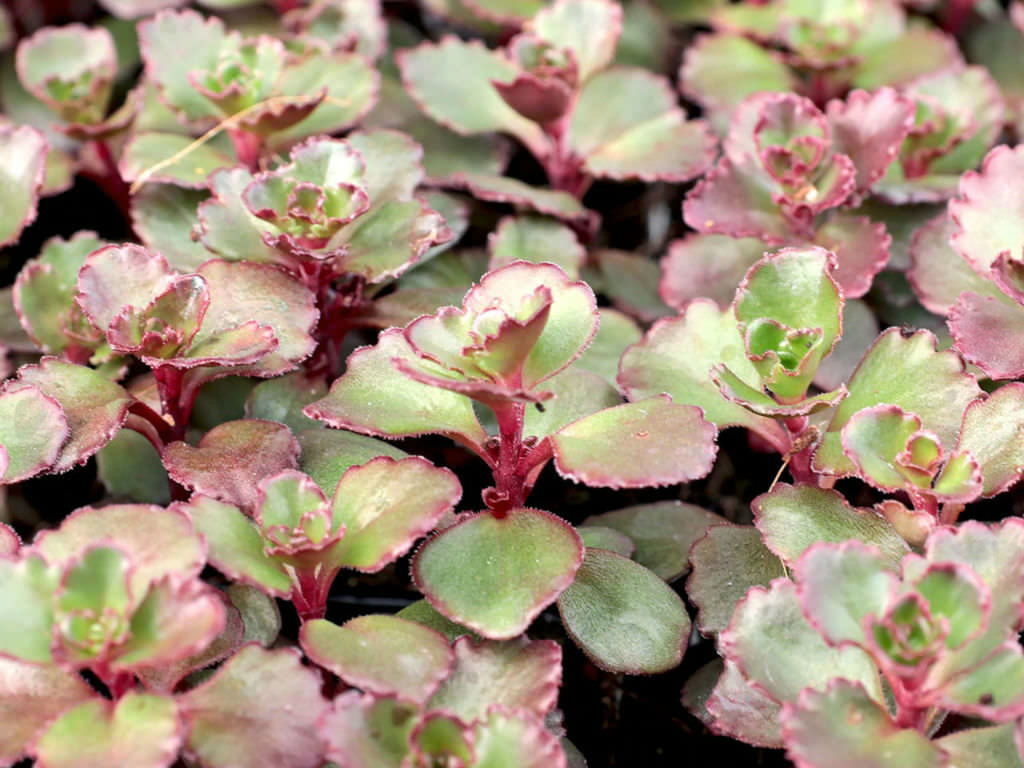



Phedimus Spurius Dragon S Blood World Of Succulents




Sedum For Containers My Favorite Small Scale Tried True Stonecrops




15 Rooted Cuttings Sedum Spurium Dragon S Blood John Creech Groundcover 7 95 Picclick Uk
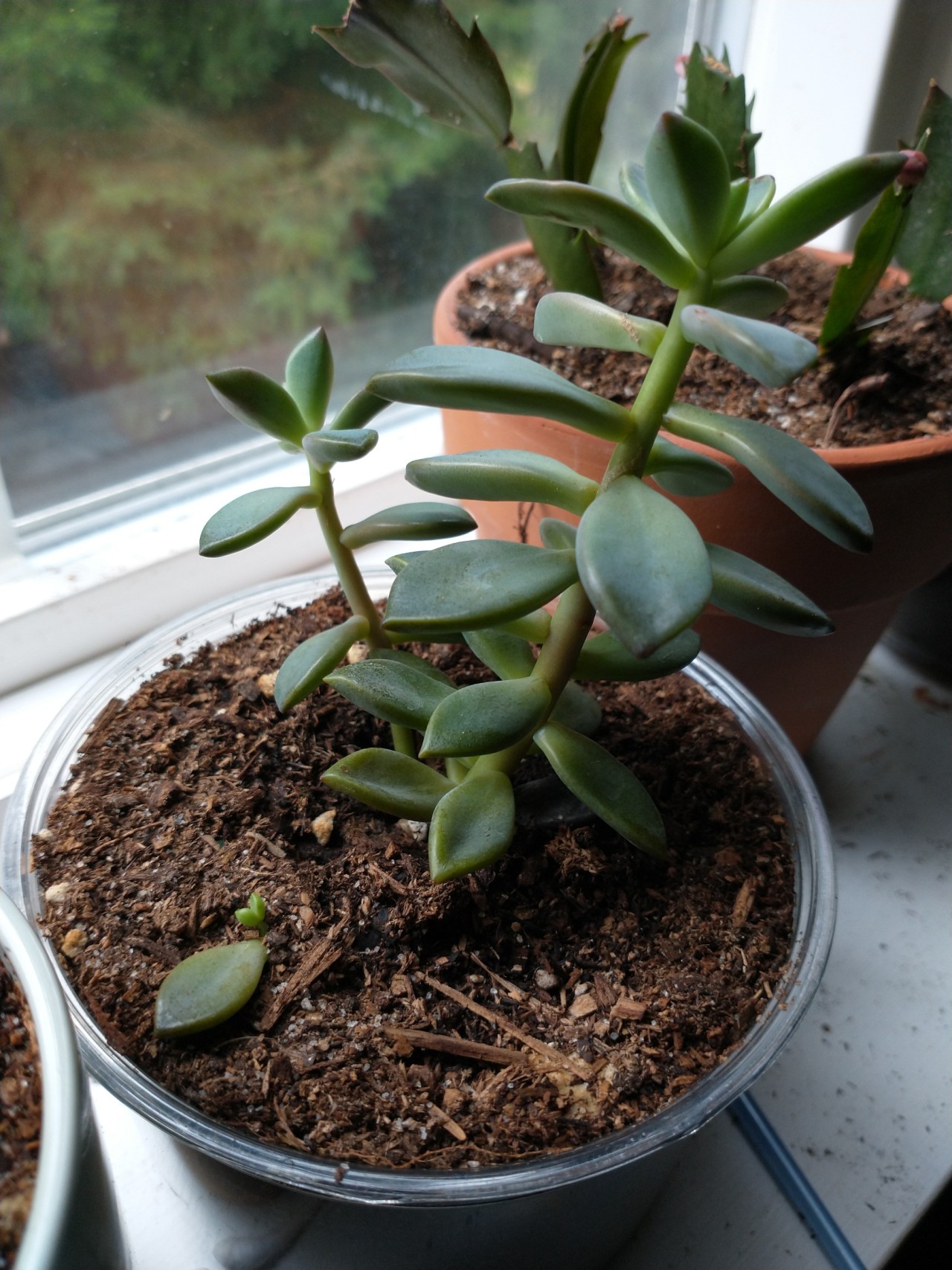



Succulent Addict Tumblr Posts Tumbral Com
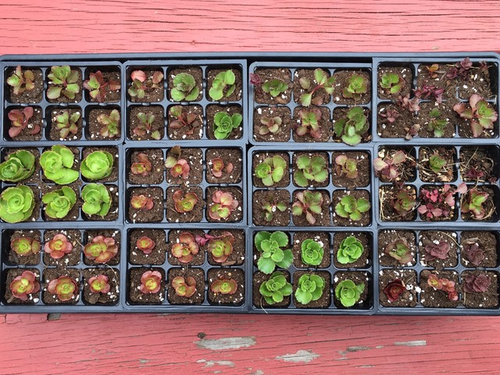



Sedum Spurium Dragon S Blood




Sedum Spurium Dragons Blood Deepest Red Creeping Sedum




Buy Sedum Spurium Voodoo Dragon Blood Succulent Plant Online In India At Best Price Nurserylive
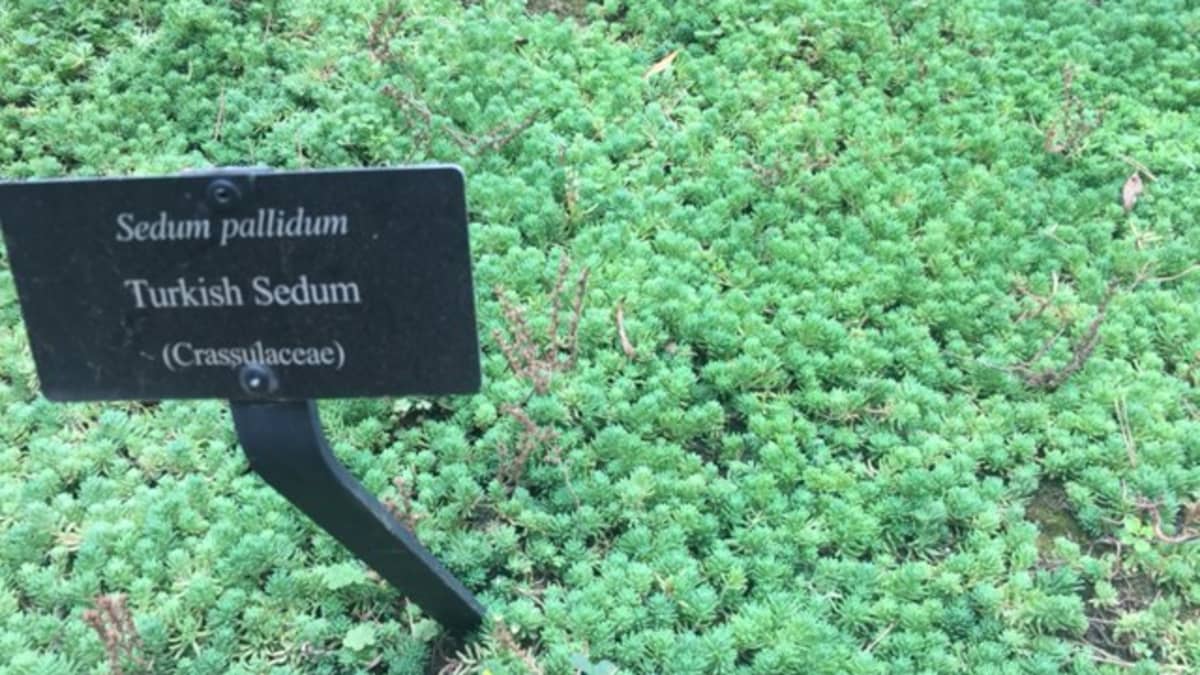



Sedum Plant Types Care And Propagation Dengarden




L3cnha 9hjmiam




Sedum Spurium Guide How To Grow Care For Red Carpet Succulents



Creeping Thyme




What Are The Best Succulent Ground Cover Plants




The Best And Most Hardy Groundcover Succulents Succulent Growing Tips




How To Make Dragon S Blood Sedum Plant Bloom Succulents Box




Pin On Gardening




Succulent Addict Tumblr Posts Tumbral Com
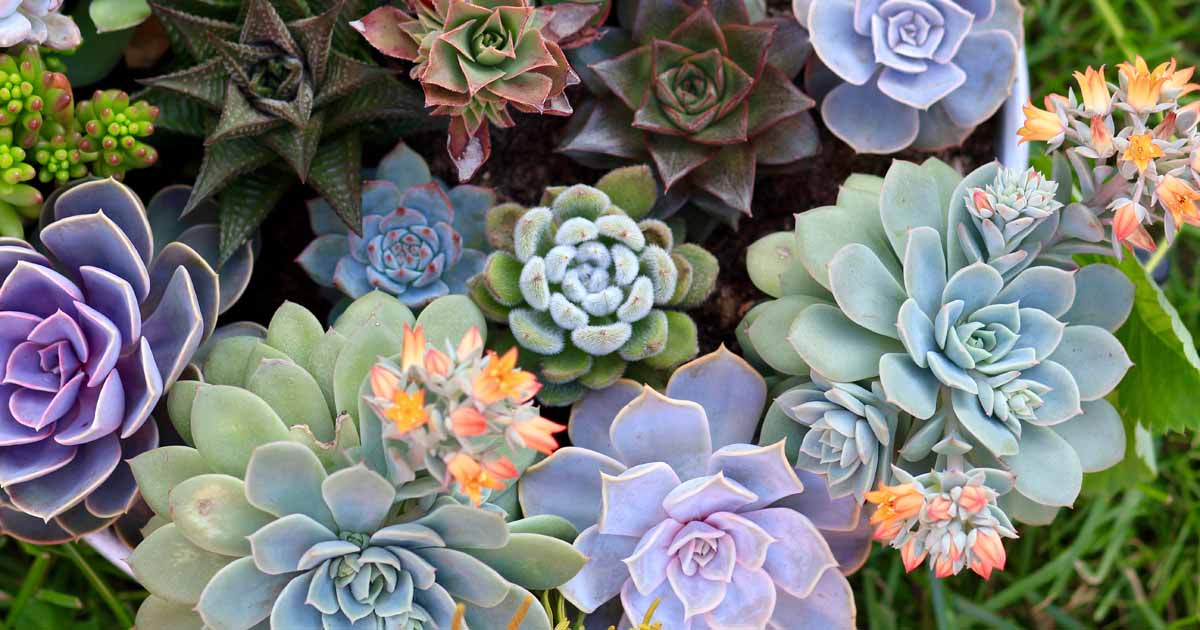



11 Best Easy Care Exotic Succulents To Grow At Home Gardener S Path




Sedum Spurium Dragons Blood Deepest Red Creeping Sedum




Echeveria Purpusorum X Dragon Blood Succulent Plant 5 5cm 8 00 Picclick Uk




7 Fastest Growing Succulents Planted Shack
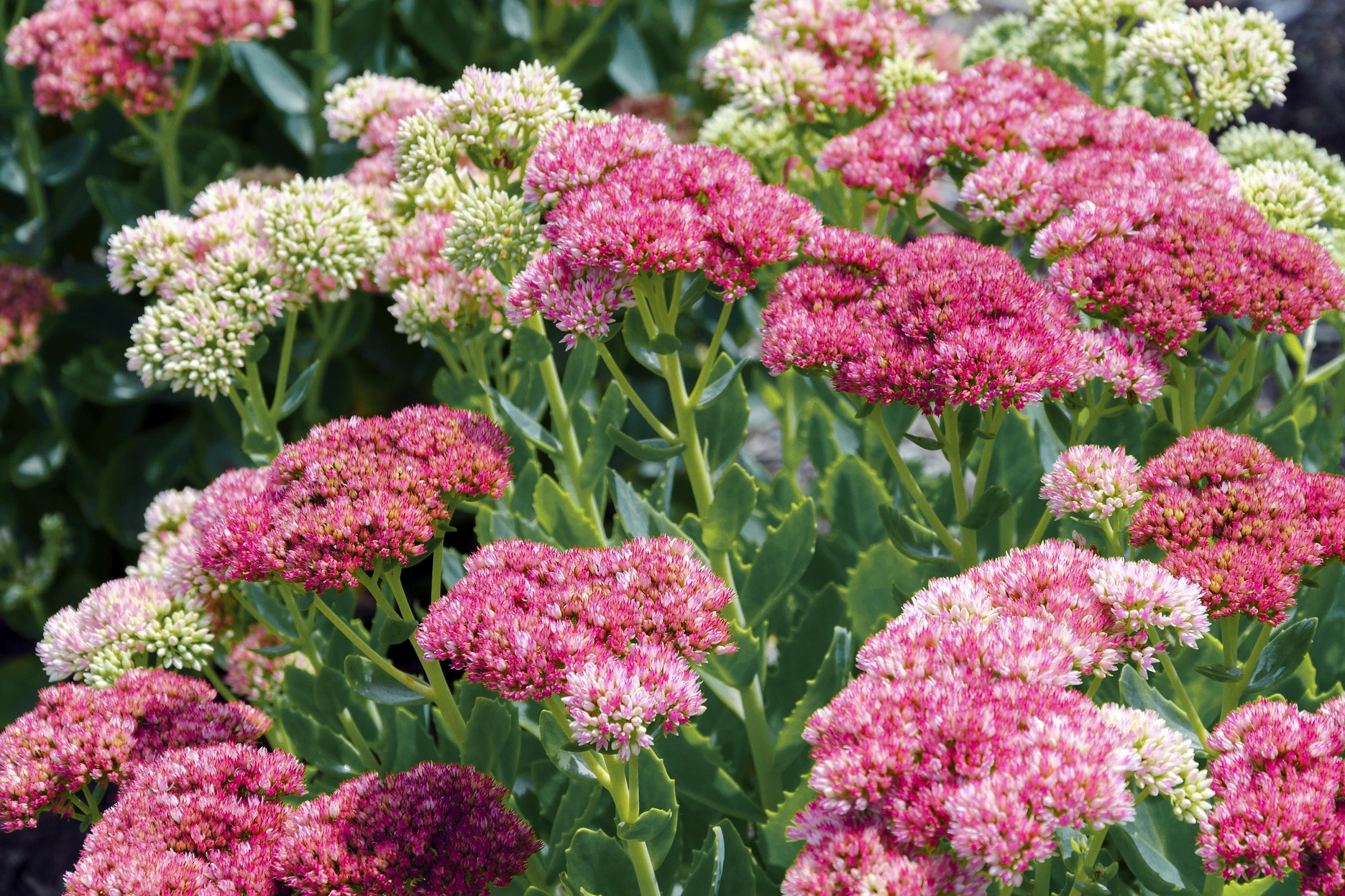



Sedum Stonecrop How To Plant Grow And Care For Sedum Plants The Old Farmer S Almanac




Sedum Spurium Dragon S Blood Quality Cuttings




Pin On My Garden




3x Sedum Suprium Dragon S Blood Succulent Stem Cuttings Propagate Quickly Ebay




How To Grow Care For Sedum Plants The Garden Glove Sedum Plant Sedum Sedum Ground Cover
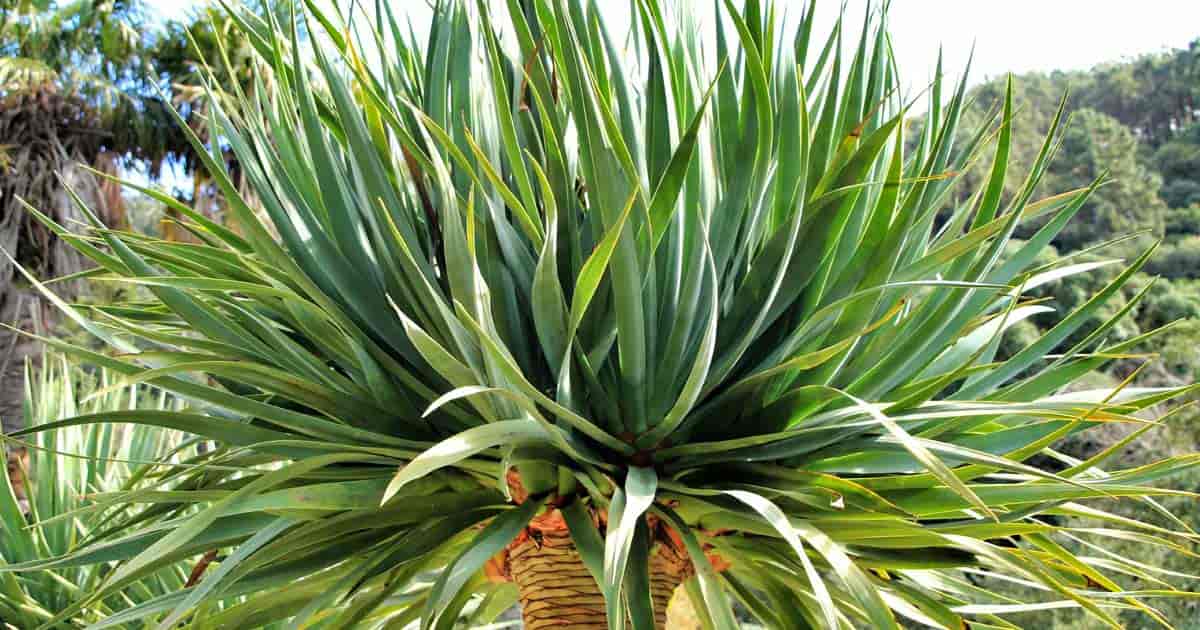



Dracaena Draco Care Details On Growing The Dragon Tree Plant




Sedum Spurium Guide How To Grow Care For Red Carpet Succulents
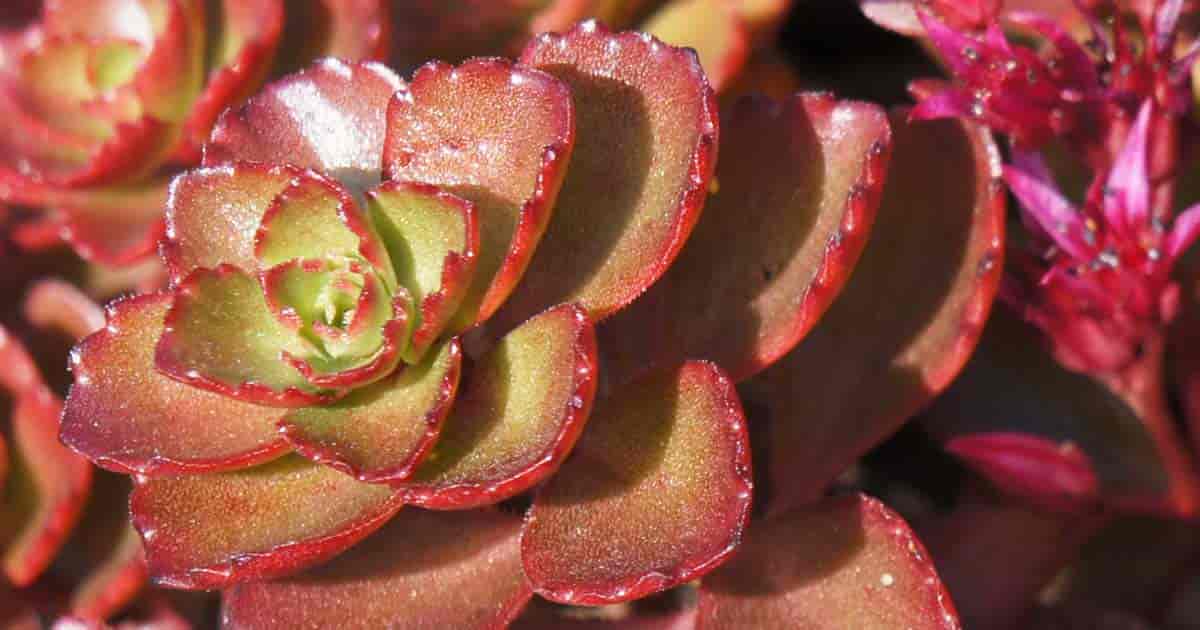



Sedum Spurium Care Learn To Grow And Use The Two Row Stonecrop
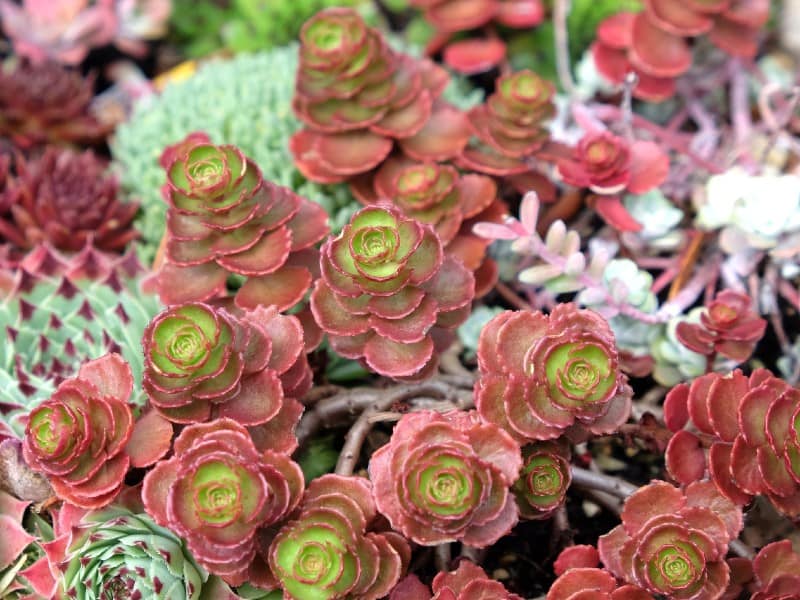



Dragon S Blood Sedum Care




Propagation Update Echinacea Red Twig Dogwood And Dragon S Blood Sedum Growing The Home Garden




Sedum Spurium Dragon S Blood Calamazag Plant Nursery




How To Propagate Sedum Free Plants Dragon S Blood Sedum Youtube




Sedum Succulent Trailing 3 Fresh Cuttings 4 00 Picclick Uk
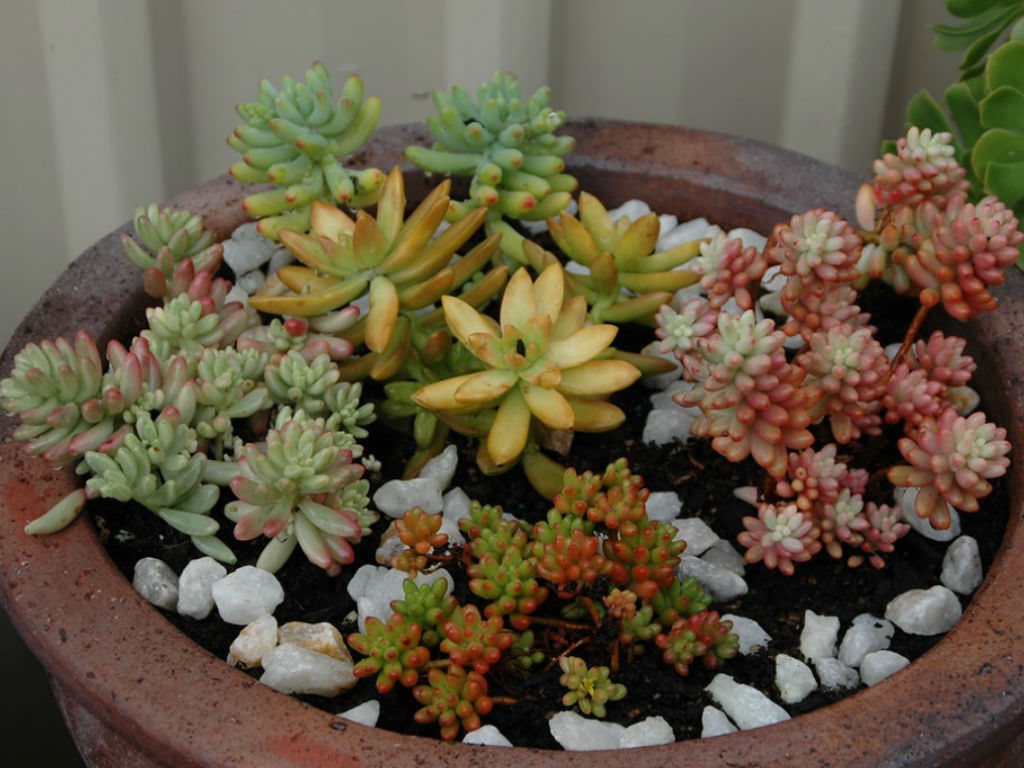



The Ultimate Guide For Indoor Sedum
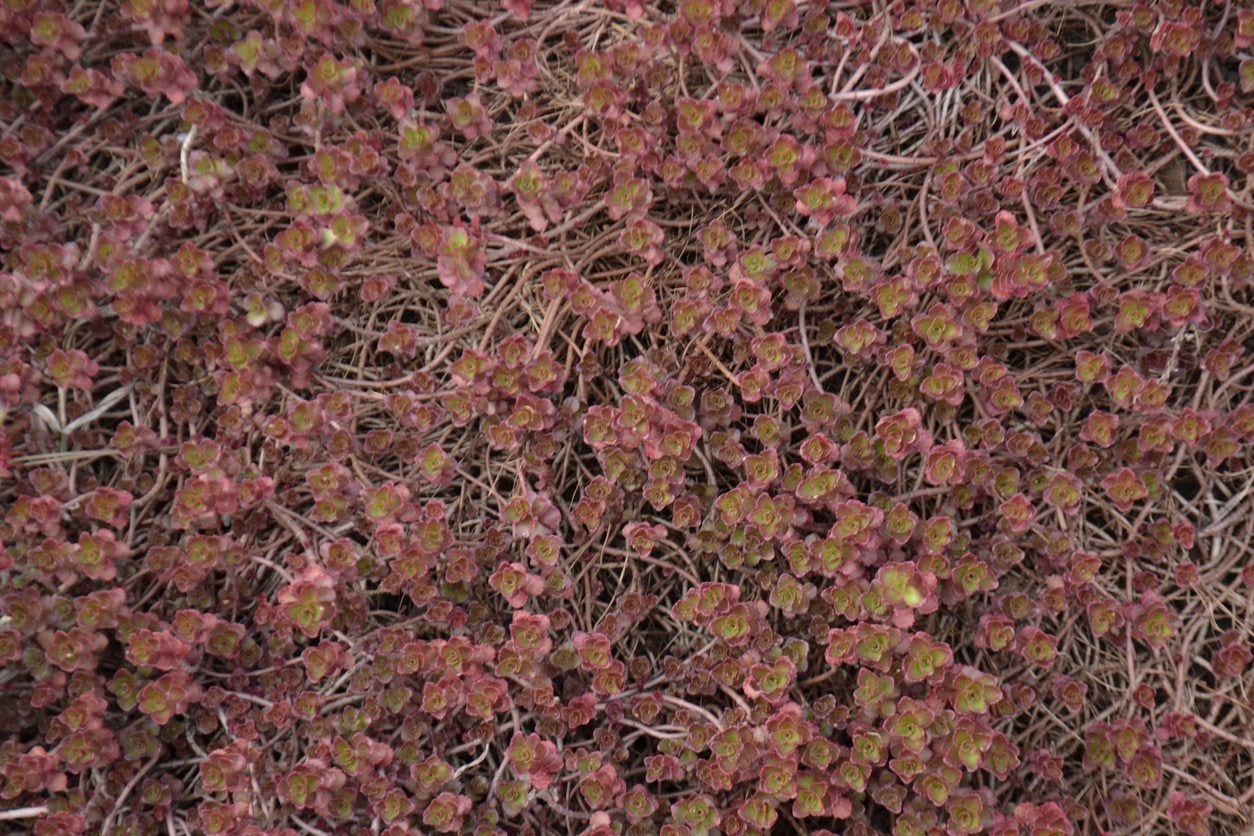



Sedum Dragon S Blood Variety Growing Dragon S Blood Sedum In Gardens




How To Make Dragon S Blood Sedum Plant Bloom Succulents Box




How To Make Dragon S Blood Sedum Plant Bloom Succulents Box




How To Make Dragon S Blood Sedum Plant Bloom Succulents Box




Extremely Hardy Succulent Sedum Tetractinum Coral Reef Fresh Stem Cuttings 2 50 Picclick Uk
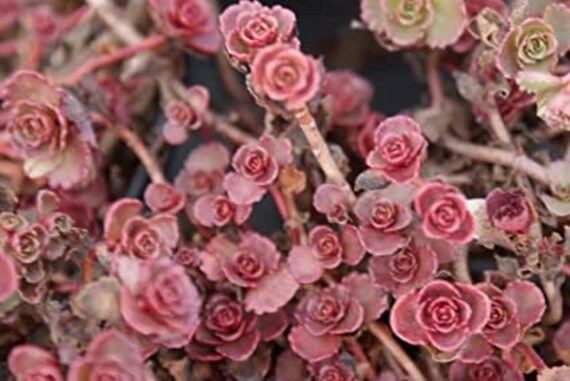



10 Cuttings Sedum Dragons Blood Succulents Etsy




Sedum Plant Types Care And Propagation Dengarden




How Does Sedum Propagate




Huernia Schneideriana A K A Red Dragon Flower Care And Information Crazy Plants Crazy Critters



Plants Flowers Dragon S Blood Tree
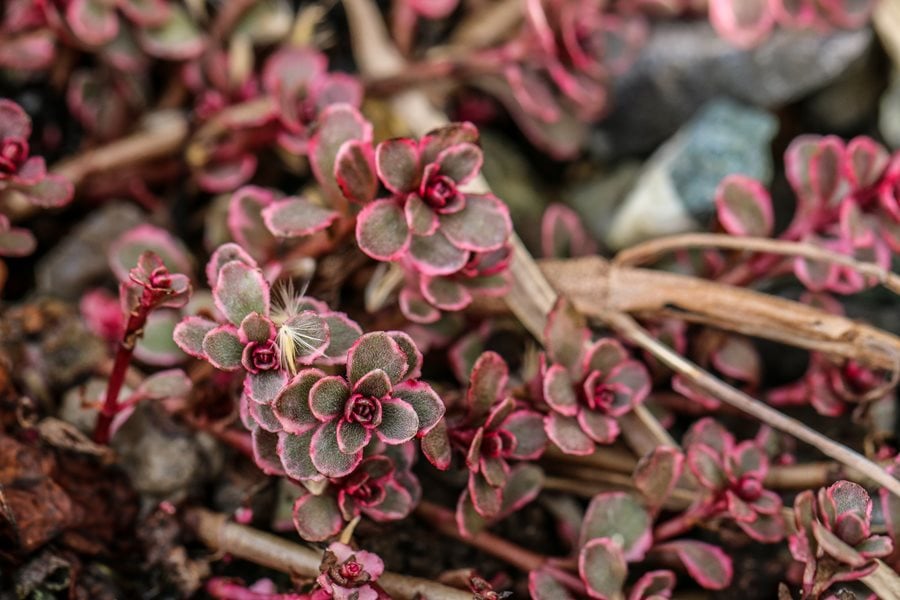



13 Sedum Varieties To Grow Sedum Types Planting Care Garden Design
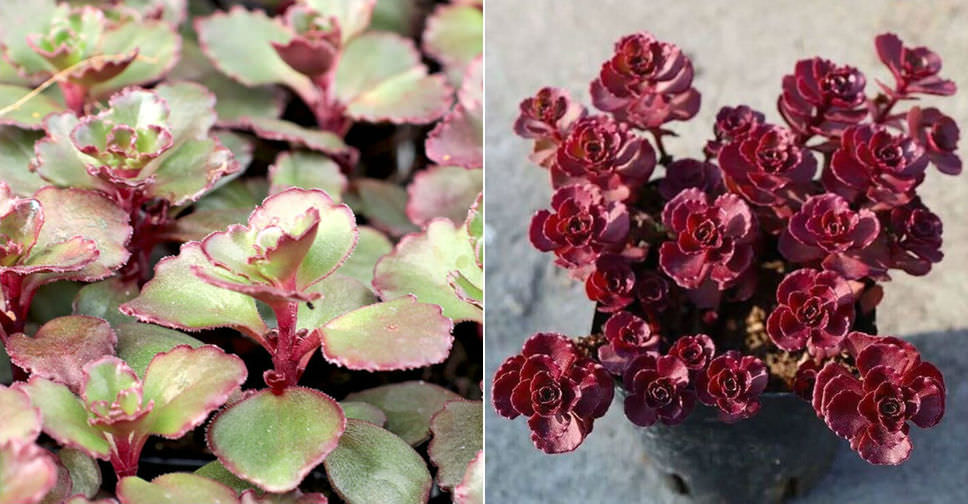



Phedimus Spurius Dragon S Blood World Of Succulents




Crested Or No It Was Labeled As Sedum Spurium Dragon S Blood But It Not Advertised As A Crested Crestedsucculents
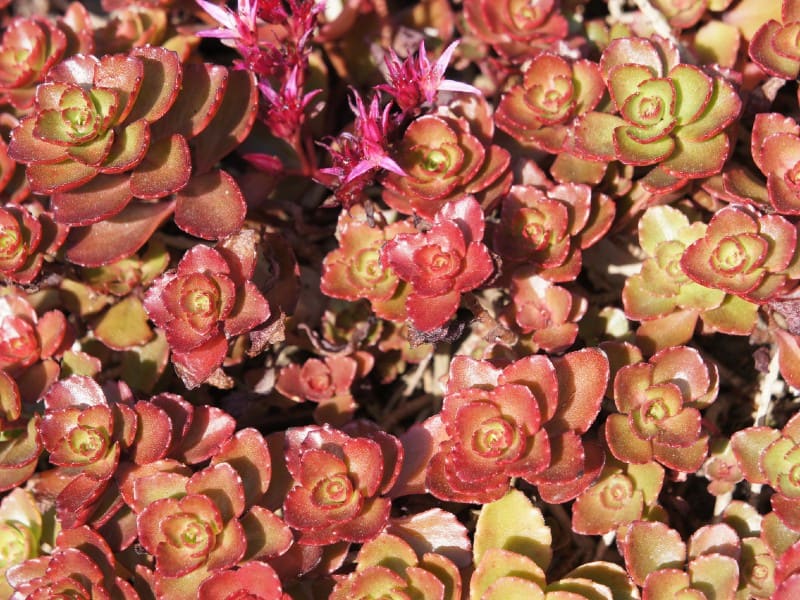



Dragon S Blood Sedum Care




Pin On Garden
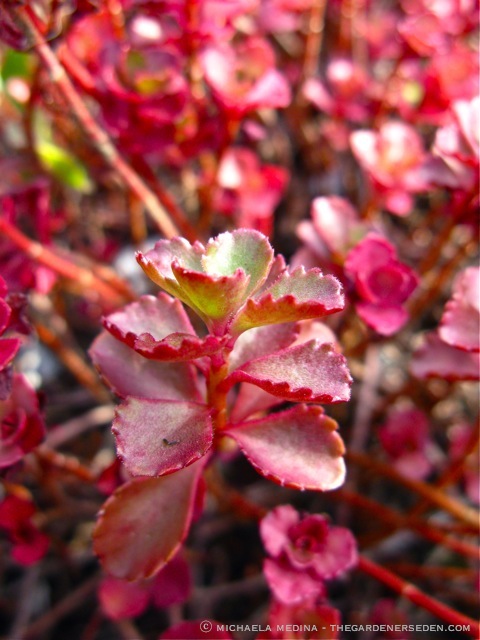



Sedum Spurium Dragon S Blood The Gardener S Eden



Sedum Spurium Dragon S Blood Question Succulents




Sedum Dragon S Blood




15 Rooted Cuttings Sedum Spurium Dragon S Blood John Creech Groundcover 7 95 Picclick Uk
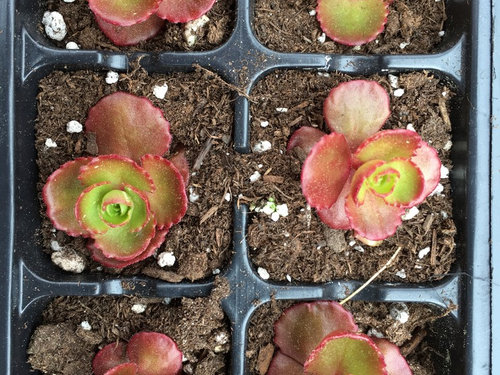



Sedum Spurium Dragon S Blood



Groundcover




Succulent Addict Tumblr Posts Tumbral Com




Echeveria Purpusorum X Dragon Blood Succulent Plant 5 5cm 8 00 Picclick Uk




11 Best Easy Care Exotic Succulents To Grow At Home Gardener S Path




The Dragon S Blood Tree Page Dracaenaceae




What Are These Little Black Bugs On My Dragon S Blood Stonecrop And How Do I Get Rid Of Them I Sprayed Neem Oil And Hosed It And Many Came Back They Are




You Ll Fall In Love With Cold Hardy Sedum Spurium Tricolor Youtube



No comments:
Post a Comment